Sartaj Ahmed Salman
Classification of ADHD Patients Using Kernel Hierarchical Extreme Learning Machine
Jun 28, 2022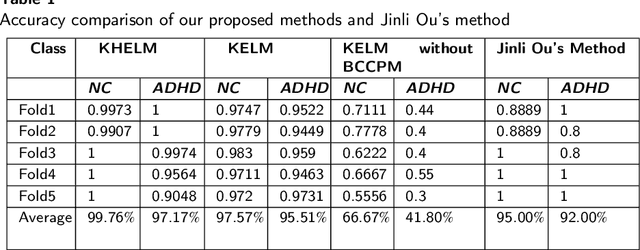
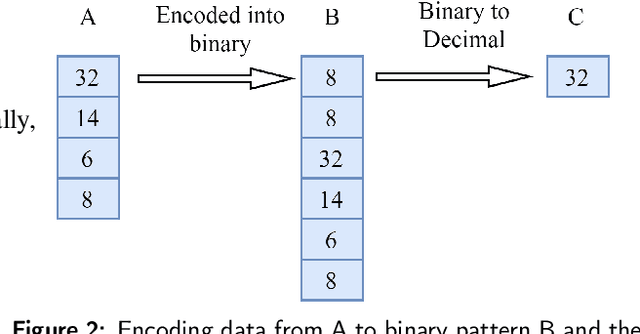


Abstract:Recently, the application of deep learning models to diagnose neuropsychiatric diseases from brain imaging data has received more and more attention. However, in practice, exploring interactions in brain functional connectivity based on operational magnetic resonance imaging data is critical for studying mental illness. Since Attention-Deficit and Hyperactivity Disorder (ADHD) is a type of chronic disease that is very difficult to diagnose in the early stages, it is necessary to improve the diagnosis accuracy of such illness using machine learning models treating patients before the critical condition. In this study, we utilize the dynamics of brain functional connectivity to model features from medical imaging data, which can extract the differences in brain function interactions between Normal Control (NC) and ADHD. To meet that requirement, we employ the Bayesian connectivity change-point model to detect brain dynamics using the local binary encoding approach and kernel hierarchical extreme learning machine for classifying features. To verify our model, we experimented with it on several real-world children's datasets, and our results achieved superior classification rates compared to the state-of-the-art models.
Functional Connectivity Based Classification of ADHD Using Different Atlases
Mar 01, 2022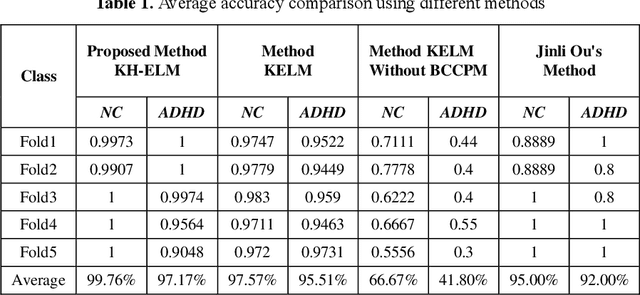
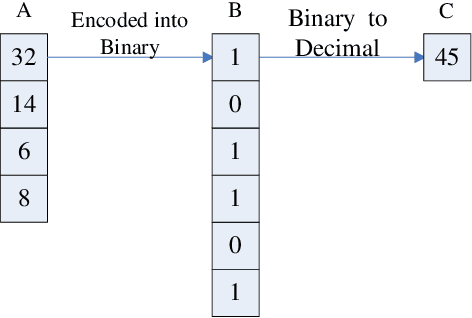

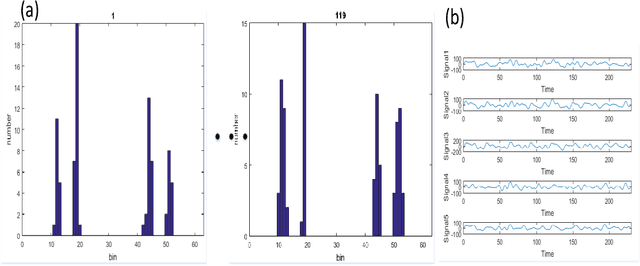
Abstract:These days, computational diagnosis strategies of neuropsychiatric disorders are gaining attention day by day. It's critical to determine the brain's functional connectivity based on Functional-Magnetic-Resonance-Imaging(fMRI) to diagnose the disorder. It's known as a chronic disease, and millions of children amass the symptoms of this disease, so there is much vacuum for the researcher to formulate a model to improve the accuracy to diagnose ADHD accurately. In this paper, we consider the functional connectivity of a brain extracted using various time templates/Atlases. Local-Binary Encoding-Method (LBEM) algorithm is utilized for feature extraction, while Hierarchical- Extreme-Learning-Machine (HELM) is used to classify the extracted features. To validate our approach, fMRI data of 143 normal and 100 ADHD affected children is used for experimental purpose. Our experimental results are based on comparing various Atlases given as CC400, CC200, and AAL. Our model achieves high performance with CC400 as compared to other Atlases
 Add to Chrome
Add to Chrome Add to Firefox
Add to Firefox Add to Edge
Add to Edge